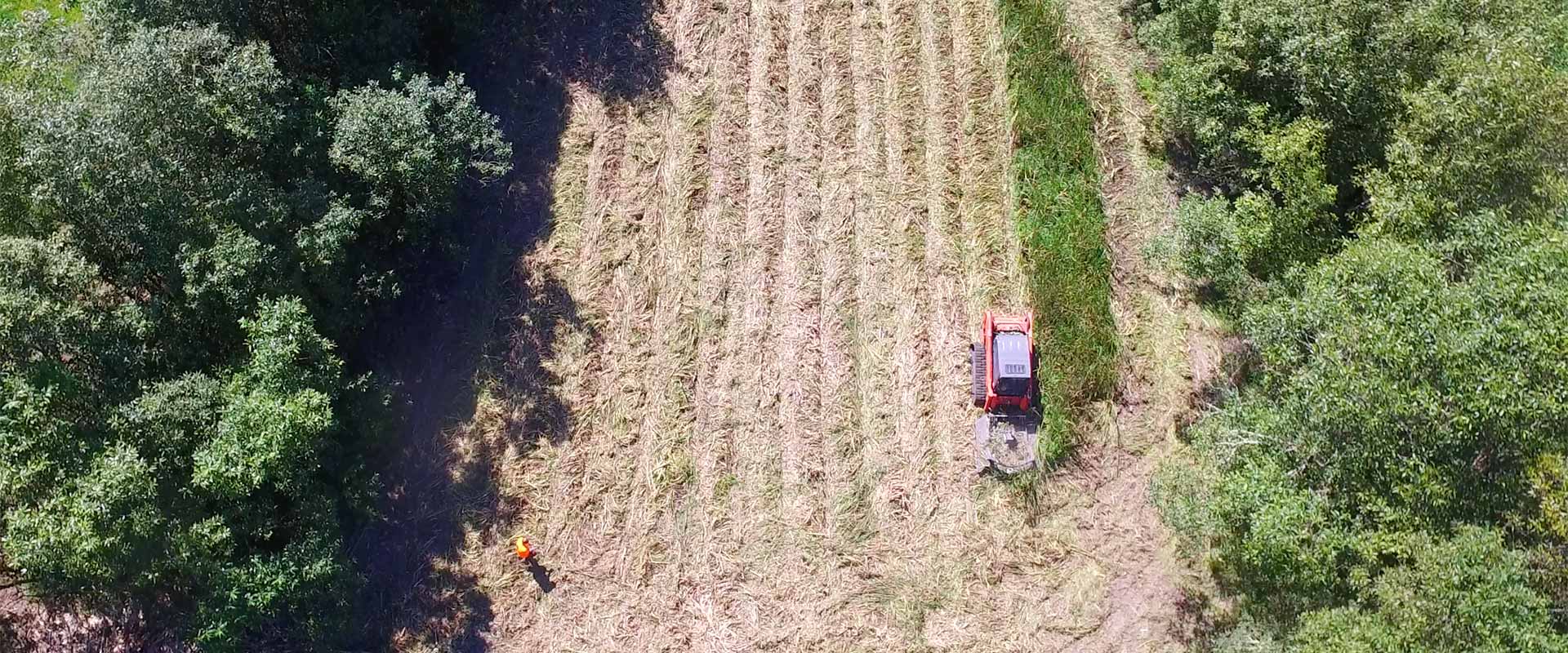Avoiding tree damage should be a priority if you’re doing any type of construction on your Seattle-area property. This includes projects such as building an addition to your house, adding a deck in the back yard, or pouring a new driveway or patio.
Why involve a Certified Arborist?
It’s not always apparent when trees have been damaged. Sometimes, it can take years for the full impact to be known and whether it’s deadly or not. It may also be small injuries that start the tree on a slow decline that’s hard to reverse.
Involving an ISA Certified Arborist from the beginning of the planning through the post-construction phase helps ensure all the trees on your property stay healthy as the arborist is usually the only member prioritizing the trees’ protection.
Protecting the tree’s root zone
Tolerance for damage depends on many things (age, species) though one of the most important is the tree’s root zone, which can extend far from the trunk and outer branch spread.
The critical root zone is the part of the root zone that’s most essential for a tree’s health and therefore, needs to be protected. One of the first things a Certified Arborist does is define a tree protection zone, which is an area of limited activity and protection requirements.
Working together, the Certified Arborist and construction team will find a workable balance (for avoiding tree damage) between project requirements and protection zones.
Damaging trees during construction
Lots of damage can be done if care isn’t taken during all phases of work. Here’s a breakdown of all the various kinds harming your trees.
Root damage
Grading, digging trenches, paving, and changing drainage patterns within the critical root zone can damage roots. Even just adding or removing soil can be harmful. If too many roots are damaged, the tree will be affected.
Soil compaction
Heavy equipment compacts the soil and changes its density. This slows root growth and decreases the amount of water and oxygen that soaks into the soil. All things vital for root survival.
Trunk crown & root collar
This is the most obvious as you can see physical injury when equipment breaks branches or tears bark and wounds the tree. Any wound can be the entry point for decay-causing fungi or insects.
Special care needs to be taken to protect the base of the tree and root collar as it can be damaged from debris or soil being placed over the lower trunk.
Heat & chemical damage
Heat from running machinery or burning can easily damage bark and foliage. In addition, spilled fuels or runoff from cleaning vehicles may seep into the soil changing its chemical makeup, which can reduce root growth.
Loss of supporting trees
Trees growing in a group form a sort of community and provide protection to each other. When some are removed, the remaining trees are more exposed to the elements and can fall victim to sunscald stress or structural failure.
Planning & design phase
During this phase, the arborist may suggest changes, such as realigning driveways or walls, reconfiguring grading or that paving be designed to bridge over roots. Even utilities can be rerouted or tunnel under roots rather than through them.
Even minor changes have a significant impact on whether a tree survives which is why any requirements from the arborist should be implemented.
Pre-construction phase
Before work begins, tree protection fences will be installed. Signs will designate why people should stay out and who to contact if access is needed. If machinery must come close to a tree trunk, the arborist can recommend ways to protect it.
If any excavation is done, the arborist may prune roots out of the way or cut them properly before any damage is done. When work is done during dry periods, a temporary irrigation system may need to be put in place.
During construction
The arborist should have access during construction so they can monitor it and ensure all requirements are being followed. Since things can change, they can decide if any rules need to be adjusted or new ones added.
Care after the project
When complete, new plantings, irrigation, or lighting are often added which changes the trees environment. Depending on the breadth of the additions, they can make a major impact.
It must be noted that even when extreme care is taken, unintended damage can occur and it may be years before the full extend of the damage is known.
That’s why it’s critical for a post-construction maintenance plan to be put in place to monitor the trees and help them adapt to the new environment.
Many Certified Arborists on staff
Remember, avoiding tree damage is the best course of action so involving an ISA Certified Arborist in all stages of construction is the smartest thing to do to protect the value of your Seattle property. Contact Eastside Tree Works if you’d like to consult an ISA Certified Arborist.

